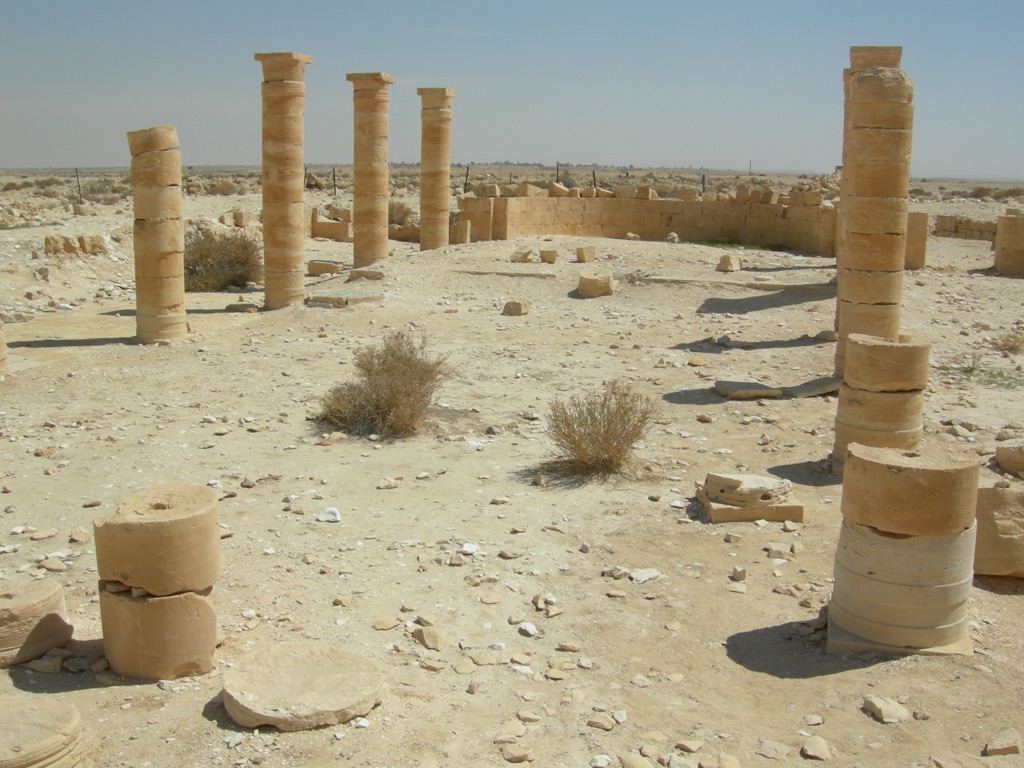The Historical Significance of Nessana
Nessana, known in Modern Hebrew as Nizzana or Nitzana, represents a significant archaeological and historical site located in the southwest Negev desert in Israel, near the Egyptian border. Initially established as a caravan station on the ancient Incense Road, Nessana served a critical role in facilitating trade and travel between Egypt to the west via the Sinai and key locations to the northeast such as Beersheba, Hebron, and Jerusalem. This strategic position made it a vital hub for Nabataean merchants initially and later for Christian pilgrims.
Get your dose of History via Email

Early History and Roman Annexation
The origins of Nessana trace back to the late 4th or early 3rd century BCE, marking it among the earliest Nabataean towns established in the Negev as caravan stations. The site’s significance grew when it was annexed by the Romans in 106 CE, who established a garrison there. From the fourth century onwards, the site became predominantly inhabited by Byzantine Christians, a period that lasted until after the Arab Muslim conquest in the seventh century. The extensive reuse of stones from Nessana in buildings in Gaza over the centuries has left relatively few remains at the site today.

The Nessana Papyri
A major discovery that has shed light on the day-to-day life and the transition of societies in Nessana came from the excavation efforts in 1935-37. This excavation unearthed a significant collection of papyri dating from the sixth and seventh centuries CE, written in Greek, Latin, Arabic, Nabataean, and Syriac. These documents provide a detailed account of life in Nessana during the last phase of Byzantine administration and the earliest phase of Arabic Islam, making it the best-documented Nabataean site in the Negev.
The papyri were found in two store rooms in the ruins of the Church of Mary Mother of God and of the soldier saints Sergius and Bacchus. The documents range from private texts, such as wills and a fragmentary text of Virgil, to official archives of a military unit known as the “Numerus of the Most Loyal Theodosians.” These documents not only offer insights into the Nabataean society’s Christianization and Romanization but also document the arrival of a Byzantine phylarchate and the transition to Umayyad power under ‘Abd al-Malik.

Recent Discoveries
In January 2021, a new discovery at Nitzana National Park highlighted the site’s Christian heritage. Archaeologists from the Israel Antiquities Authority (IAA) uncovered a 1,400-year-old tombstone with a Greek inscription dedicated to a Christian woman named Maria, described as having lived an “immaculate life.” This find further enriches our understanding of the Christian community that thrived in Nessana during the Byzantine period.
Conclusion
Nessana serves as a window into the complex tapestry of historical, cultural, and religious transitions that have shaped the Negev desert region. From its origins as a Nabataean caravan station to its role in the Byzantine and early Islamic periods, the site offers invaluable insights into the ancient world’s trade, social, and religious dynamics. The discoveries made at Nessana, particularly the Nessana papyri, continue to provide scholars with critical data for understanding the historical narrative of this region and its peoples.
Sources:

